Video Feature & Web-Exclusive Interview
Musician: KEIKO MATSUI
Video: “Moon over Gotham”
INTERNATIONALLY ACCLAIMED PIANIST KEIKO MATSUI
PERFORMS WITH DAVID BENOIT’S PACIFIC VISION YOUTH SYMPHONY
Internationally acclaimed pianist, composer and humanitarian Keiko Matsui created an enchanting global sonic tapestry on her Shanachie Recording, Echo. With a stellar lineup of well-respected musicians including drummer Vinnie Colaiuta, bassists Marcus Miller, Jimmy Johnson and Kyle Eastwood (son of Clint Eastwood), saxophonist Kirk Whalum, guitarists Robben Ford and Paul Jackson Jr., vocalist Gretchen Parlato, percussionist Luis Conte, trumpeter/flugelhornist Wayne Bergeron and many others. It’s no wonder “Moon over Gotham” became a #1 jazz radio hit. It’s an intriguing track that shines light on Matsui’s unrivaled ability to create delightfully memorable melodies.
Keiko Matsui has the ability to open her arms and accept the joy and blessings of any given moment and deliver them on the piano with memorable elegance. She transforms with spirituality and grace as her music brings our collective minds and hearts together—in a sacred space of peace. She always finds a unique balance of Western and Eastern musical traditions while expressing her love for spirituality and nature. She has worked alongside icons Miles Davis, Stevie Wonder, Hugh Masekela and Bob James. “I would like my music to be a conduit for peace, kindness, love and light,” shares the petite, soft-spoken, yet commanding pianist. She adds, “My recording Echo is my attempt to capture all of these elements into the vibration of sound.” She is a master at utilizing space in her music to create a backdrop of drama, tension and sheer beauty.
Matsui continues to give with her music and a desire to help. In 2004, the title track of her Wildflower was used to support the United Nations World Food Programme’s efforts in Africa. She has also collaborated with Asians for Miracle Marrow Matches (A3M) in numerous charity concerts. In addition, proceeds from her 2001 mini-CD, A Gift of Life, went to The National Marrow Donor Program in support of A3M. Her 2013 recording Soul Quest was an anthem for global warming with “Antarctica—A Call to Action.”
Matsui knows the importance of giving young students the opportunity to play on stage with professional musicians, so they can experience the traditions of music. After a recent rehearsal with David Benoit’s Pacific Vision Youth Symphony, high school student and principal trumpet player Daniel Diercks said, “PVYS has given me the opportunity to learn about the professional music world and to hear about and learn from professionals’ first hand experiences. Playing with Keiko Matsui has shown me how music can connect professionals and students, helping young musicians create a stronger passion for music.” Another high school student and first chair violinist Johannes Eberhart said, “PVYS is important because it gives us the opportunity to work intimately with experienced professionals, like Mr. David Benoit, and we gain valuable knowledge. It is a very special opportunity, and I feel incredibly fortunate to play with a world class jazz musician like Keiko Matsui.”
Keiko Matsui has the ability to open her arms and accept the joy and blessings of any given moment and deliver them on the piano with memorable elegance. She transforms with spirituality and grace as her music brings our collective minds and hearts together—in a sacred space of peace.
In 2001, Matsui’s CD Deep Blue topped Billboard’s Contemporary Jazz charts for three consecutive weeks. She was the first Japanese artist to achieve that honor. This Saturday (April 2, 2022), she will be performing that title track, among other of her well-known favorites, with the local youth in Palos Verdes. Jazz maestro David Benoit leads AASA’s Pacific Vision Youth Symphony and has written some wonderful arrangements for this special performance at the Norris Theatre. For Tickets, go to www.PalosVerdesPerformingArts.com. If you can’t attend, they suggest you consider supporting AASA (AASymphony.org) and their programs to promote music opportunities for young musicians.
KEIKO MATSUI Interview
with M Music & Musicians magazine publisher, Merlin David
What one thing did you learn about yourself after recording the album Echo.
After 32 albums in the U.S., you realize with modern technology, you can easily make an album without seeing each other. But I wanted to do an old-school album, where we could all be together in a studio. I invited some long-time friends, like Vinnie Colauita, Jimmy Johnson and Robben Ford, who played on my first album. I also invited artists from my past and new friends like Kirk Whalum, Marcus Miller and Kyle Eastwood. With this great cast and my touring members, we recorded basic rhythm tracks with three different groups at United Recording studios in Hollywood. Everybody has great skills, that’s a given. However, after the recording, I could easily see that everybody was attentively listening to each other. In every note that was played, I could feel the heart and soul. It truly enhanced the album. And that’s why I named the album Echo.
Was there one moment that sparked that “Echo” idea?
I love Marcus’ playing and producing. It was a real honor to have him on this recording. It’s the second time he’s played on my albums. Before mixing, when I heard his bass part and his solo on one of the songs of the album, I immediately knew that song was going to be the title track. My manager and co-producer, Bud Harner, agreed. So I started to gather musical motifs and included them on this song. Besides the music sheet, I have another notebook to capture words and titles that come to mind when I’m working on a piece. I knew this song contained that heart and soul and I called the song “Echo.” I was grateful to have these amazing tracks recorded by some of my longtime friends.
Tell us how the idea for “Moon over Gotham” came to you.
You just have to be receptive. I heard those playful notes (imitates theme) and I just opened my arms and caught that song. All these come as a motif. It’s mystical time. But to get to that place, you have to have a mold to be receptive. It is difficult because everyday life or touring gets in the way. So, I set aside two months—and didn’t tour. I simply made time to be receptive.
Why did you title it “Moon over Gotham”?
The photo shoot for the album was done with Sandrine Lee, an amazing photographer. I love her work, and her husband happens to be the wonderful bassist Will Lee. Sandrine shot some photos in the studio, and on fire escape steps, outside downtown and at a beautiful sunset spot by the water. When we shot the cover, it was already in the evening. I looked up and saw the moon, and New York’s other name is Gotham. I actually named the song only after our photo shoot. Before the album comes out, I just have working titles—Keiko2022 #1, Keiko2022 #2 (Laughs). Sandrine is always amazing to work with. She did a photo shoot for my 2013 Soul Quest album.
For this album, which song ideas came first?
While I was collecting motifs, I received “Echo” and “Moon over Gotham”—those two songs came earlier and they kept playing in my head saying ‘record me—record me.’ That’s always a good sign. (Laughs) And it felt good when “Moon” became a radio hit—and became #1 on the jazz charts.
How did the idea of “Marlin Club Blues” come to you?
This was the first time I received a blues melody. That was quite different for me, and I immediately thought of Robben Ford. He was on my first album and he was my first call. He nailed that song.
Does composing come to you easily?
I don’t like the pressure of composing. It helps when fans write and say “We are waiting for your new album—and some beautiful new melodies.” I have a lot of freedom to paint on this blank canvas. The pressure disappears and I realize I can do anything I want. I realize how fortunate I am.
Tell us about your process of writing music.
I concentrate on what lies inside of me. I look inward and concentrate—and it starts to come. I hear melodies and I start catching them. I record something on my iPhone. For me, a melody is most important. I want that melody to be memorable and last forever. Classical music, standards and folk songs—stay for centuries. It can be interpreted in many ways and still stay fresh.
What is one unique aspect of music?
Whether it’s the U.S. or overseas, there are so many great musicians. I receive melodies and deliver it onto an album. Over 30 years, I’ve realized that music connects beyond culture and ethnic background. It brings our minds together. This is my mission in this life. I experience this in so many parts of the world. Right now, there are difficult times in Ukraine and Russia. This is difficult for me because I tour in Eastern Europe every year. I have fans and friends in both countries. It’s a painful time. If you forget about the political nonsense, we realize we are all just human beings, global citizens—and life is so important. I feel so fortunate because I can travel with music, and we can bring minds together. That is the truth of music.
You easily mix Western and Eastern musical traditions—as well as your love for nature and spirituality. Where does that come from?
I was raised in Japan. The influence of nature came from my childhood memory. I didn’t plan it. I was born in Tokyo. Because of my father’s work situation, I lived in Hiroshima when I was little. I experienced playing in the mountains—catching crabs and fish. I was a very active child. Nature’s memory comes back to me when I write a song. Of course, spiritually is always there. I don’t have a particular religion, but I believe there is something greater above—and I pray for peace. Those spiritual elements affect my thoughts about life. And I use a piano, which is a Western musical instrument.
How did you interest in music develop?
When I studied classical piano, I already received that Western influence. During my childhood, my mother loved music. She had movie soundtracks and listened to Ella Fitzgerald and Oscar Peterson. I listened to that, but I was also interested in other music, like Stevie Wonder. Then I started taking music theory lessons, jazz and different music. I never dreamed I would be a professional musician. I was active in school. But from junior high, I started to take private lessons, and sometimes I would go to the Yamaha Music Foundation. I always wanted to learn many different things.
What was your first professional gig?
When I was 18 years old, I had an opportunity to write a movie score for a big Japanese movie, Drifting, produced by Toho. The director asked some of us students at the Yamaha program to compose music. The director chose my theme for the main theme. That was an unexpected surprise. While listening to the director’s images for the movie, I received the motif for the intro and the theme. It was the first time I got inspiration from someone’s work. I read the script and watched the images and I caught the melody and wrote it. It was my first professional work.
That must have been so amazing at 18 years of age.
It was. For the first screening, I went to the Toho movie studio. During the end roll, I heard my music with an orchestra. It was gorgeous. When I saw my name on the screen, I was thrilled. After the screening, it was quite an experience to meet the actors and director. It was a very special time. Before that, I was writing little melodies. But this time it was by request. I found that the visual and music is not just 1+1=2. It was more than that. It was a culture shock but a beautiful experience.
Sounds like you love to work on soundtracks.
Since then, I’ve done movie soundtracks for documentaries, like Remembering Manzanar, TV programming for Russian television and also some Anime soundtracks for the legendary Osamu Tezuka, like Tree in the Sun and Hidamari no Ki [Japanese Manga series]. Besides my career as a recording artist, I have a passion to write for movies.
When did you first hear one of your songs on the radio?
My first album, A Drop of Water, was recorded in 1986 and released in 1987 [Carl Anderson, from Jesus Christ Superstar, provided vocals on the title track]. I wasn’t touring but I was commuting between the U.S. and Japan. After the release date, I came back to Los Angeles, and I was in the car listening to a program called Quiet Storm on 94.7, the Wave, when I heard a song that sounded familiar. When I realized it was my song, I was so thrilled. I couldn’t believe it was my song on the radio.
Was there another memorable moment with that first release?
That same year, on July 4, Tower Records chose my vinyl album as a July 4th Recommendation album. When I went to Tower Records on Sunset Blvd, they had a big sticker on the album. It was quite a surprise and I was so grateful. I was played on the radio alongside my idols. I saw my name on radio lists next to Sting, Herb Alpert, Bob James, Chick Corea—all of us were in the same “Contemporary Jazz” genre—which was huge, at that time.
Tell us a “pinch me” moment when you thought “Wow, this is really happening to me!”
In 1988, I had the opportunity to perform as a special guest for Miles Davis, on his California tour in Sacramento and other cities. I did several shows and the poster said “Miles Davis, with special guest Keiko Matsui.” It was such a thrill but I was also nervous. When I was backstage, I heard someone say, “Miles is coming!” I just stood up straight and gave him a Japanese “Hi” greeting and slightly bowed. In a low voice, he simply said, “Hi.” (Laughs) But it was so exciting. Even though I didn’t play with him, I was honored to perform on the same stage.
What is your best advice for upcoming musicians?
I always tried to find my voice, as an identity. In this era, almost everyone can musically do almost anything. For me, music is a mirror—it reflects my character, my emotions and my thoughts. Music is very honest. I like to keep that quality, which shows who I am while shining a light on the melody.

What satisfaction do you get from creating music?
In my over 30-year career, I received lots of fan letters. Some are incredibly memorable. A solider in the Gulf War wrote to me when he was really losing hope. He wasn’t sure if he’d see his family again. Then, he found my fourth album, Night Waltz, on a cassette tape—in a little shop on the ship. (Laughs) He said that he listened to my music and found hope.
That must have been so fulfilling.
Yes, and there are so many stories like that. Another time, an American fan wrote to me about her friend in England who was undergoing brain surgery. She was so worried about her friend and sent my music to her. The friend listened to my music, and survived. She thanked me so much.
Are there other fans stories that are memorable?
When I was on MCA Records, the label received a package that looked strange—and it smelled. A farmer, who was growing rice and grapes, loved my music. He played my music for his plants and had an abundant harvest. Because of his gratitude, he sent me the fruits of his labor. It was a great surprise.
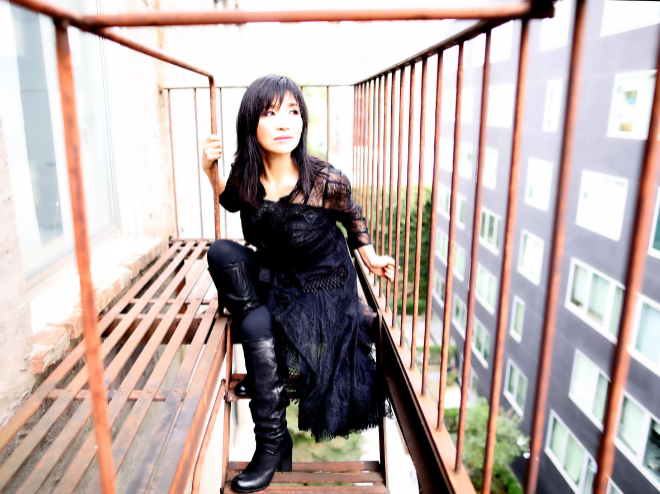
You have some interesting fans.
Yes! An American fan went to the largest Butterfly Pavilion in the world [in Xcaret, Mexico]. They were playing my music in the museum. My fan asked them why they played my music, and they said, “Keiko’s music makes butterflies’ conditions better.” I’ve also heard sometimes, a doctor may be performing surgery or delivering a baby and will ask their patients what they want to listen to—and they say “Keiko Matsui music, please.” It helps them relax.
How does this make you feel?
I am so grateful to find that my music lives in someone else’s life—and moves them deeply. Gradually, I learned that I have so much responsibility, but I am grateful that my music is being used for a special moment—and in such a positive way. People use my music for weddings, Mother’s Day, Father’s Day. My fans and my music and me—we have a special bond. My music connects many generations, too. Lately, I’ve found my music spans three generations. One time, a baby became a college student, and bought his own ticket for the first time. He left after his exam and traveled by bus—just to see me perform.
Tell us why live performance so important to you.
Many fans from the 80s came to recent shows and let me know this is the first time I’ve seen you live. I ask them where they’ve been all this time and they say, “We were busy working and raising kids, but we are now finally making the time to watch you in concert.” These people finally came to a show, we were all together in the same place, sharing emotions and energy together—and it’s an amazing bond. That’s the origin of music. People prayed for sun, prayed for rain or prayed for anything—but that was the beginning of how music was born. We can go back to that basic communion when we are together for a live show.
Why is it important to give back to young musicians, like the upcoming concert with David Benoit and his Pacific Vision Youth Symphony?
I respect and admire David Benoit’s support of the younger generations. I feel it’s so important to give them the opportunity. Without opportunity, they will never know what’s possible. They don’t have to become professional musicians, but these experiences are so important. Some of them might actually decide, “Oh! This is my thing!” It’s our responsibility to provide them with this opportunity. It’s why I’m so grateful that I am able to support a show like this. Kids have so many possibilities. But without seeing these opportunities, they will never know what is truly possible.
Why is it important to give your time to music education?
Over 20 years ago, because of budget cuts, the U.S. elementary schools discontinued funding for music and arts. The schools lost a lot of music teachers. In Houston Texas, there is a very passionate music teacher named Yoli Leger. She started doing music classes with well-known artists visiting her school. She prepared all of her classrooms to play my song “Bridge over the Stars.” Everyone played an instrument. I went there and played for them in their music class. She names scholarships after the artist who visits her school, like Keiko Matsui Scholarship. She sells CDs and the profits go to the scholarship. It helps students continue to learn music or helps them buy instruments. Gerald Albright and other great musicians found their interest in music in an elementary school or while playing in their local school brass band. They became professionals because of opportunities given to them. That’s why keeping and supporting a youth orchestra is very important. Not only for musicians, but for someone who simply wants to listen to and enjoy music—that’s the treasure of life.
Providing opportunities are important to you.
The music world is changing with different types of music, but it’s important to continue some of these traditions and give opportunities to listen to classical or jazz. The younger generation doesn’t know some of the legends of music, and we need to teach them about the amazing musicians who paved the way.
Why are charities so important to you?
If you look at the surface, or YouTube, you see music as a business. Making a living as a musician is very difficult, but it’s a blessing. I am involved with a lot of charity work. Because I am a woman, a mother, healthy and I can travel with music, I want to give something back through music. I want to make sure the charity is actually helping the students and not just the organization. I am approached by many different charities.
Tell us how you got started working with charities.
I help with Breast Cancer Awareness. I lost my elementary school friend who was only 30 years old. Early detection is vitally important. When I found the opportunity, I knew I could help with my music. We did a campaign tour raising awareness and funds for breast cancer prevention. With the tour, A Gift of Hope, I was able to speak and help the Y-ME National Breast Cancer Organization. I made many albums and was able to help with that.
Do you travel and meet people you’ve helped?
Royalties from Wildflower supported UNESCO and the World Food Programme with hunger in Africa. I went to Soweto and saw children who lost parents to civil war or AIDS. I saw a box hut when I visited there. I saw these smiling kids and it moved me. I wanted to do something, so I dedicated the title song to raise money. And because I am a minority, I was asked to help with bone marrow programs. A Gift of Life proceeds helped the National Marrow Donor Program and the Marrow Foundation to help Asians and other ethnic minorities.
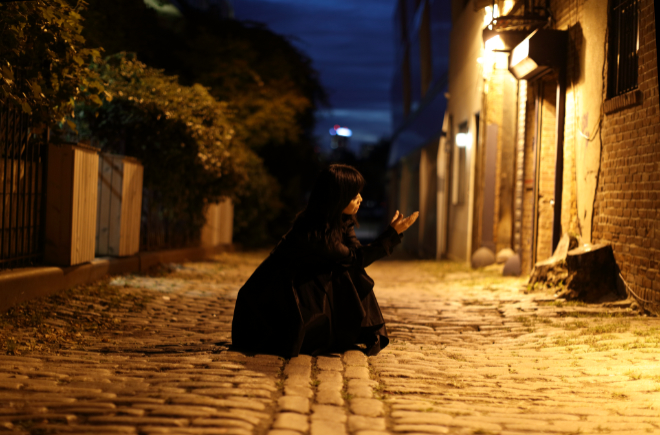
Your travels take you far and wide.
In 2014, I started charity work for children in South America—with a charity solo concert, several workshops and collaborations with musicians and bands in Lima, Peru. Children are suffering because they don’t have enough electricity or water. Sometimes, if they lose hope, they join gangs. A person in Japan sponsored those performances because he wanted to provide hope for these children by listening to my music. I setup a keyboard and played one-finger music with some children. It was a great experience for me. This year, it’s finally happened for another person who started an NGO and I am going to play with the local orchestra in Paraguay.
Thank you for all you do—and for giving. Is there a new album in the works?
Yes! I hope it comes out this fall. I was originally planning to release it last year, but I wasn’t able to do that because of the pandemic. I’ve been writing motifs and developing melodies. I now have over 30 candidates to choose from. I am also starting to tour this year, so it’s a complicated time. Half of my brain is hearing new songs, and that’s a good sign. There are also new songs in my head and I want to play them so much. But I first need to complete this album this year. I will cull that 30-song list down to 18 songs, and then down to 12 songs. I have to really plan well because I have a May cruise in Europe [Dave Koz Cruise] and the Paraguay charity in July. So, I hope I can finish the album this summer and release it this fall. I can’t wait to record these songs and play them live on stage—and share emotions and energy with the people who will be at a concert.
Where can new fans get more info and stay updated?
www.KeikoMatsui.com
www.Instagram.com/keikomatsuijazz
www.Twitter.com/keikomatsui
www.Facebook.com/keikomatsuijazz
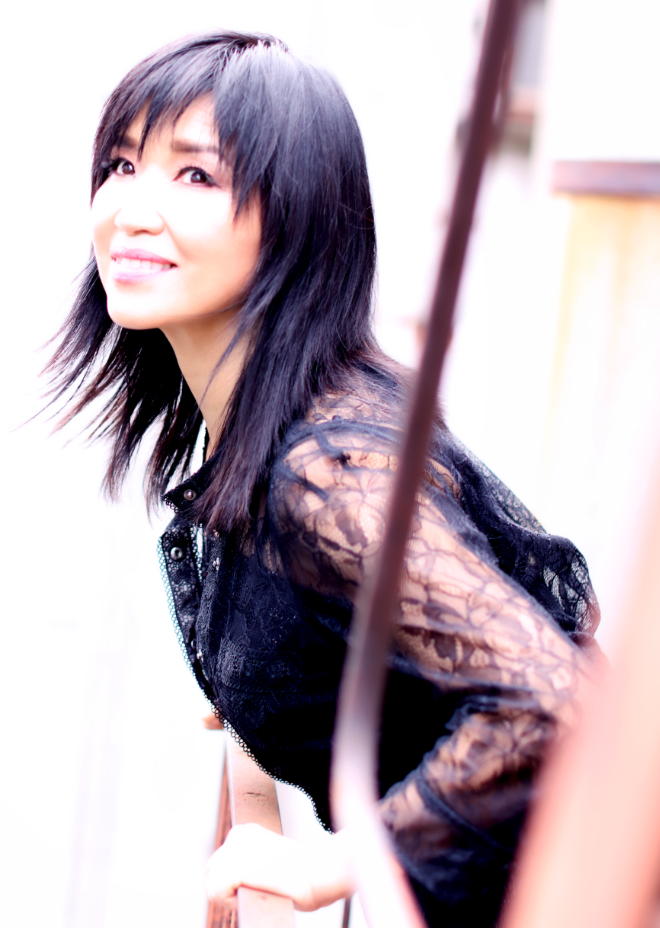
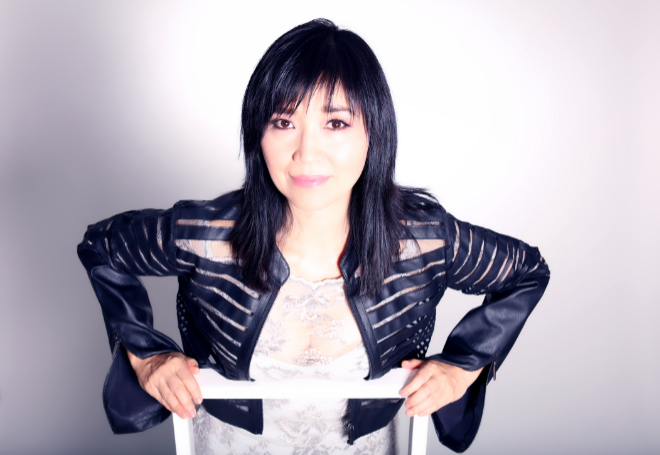
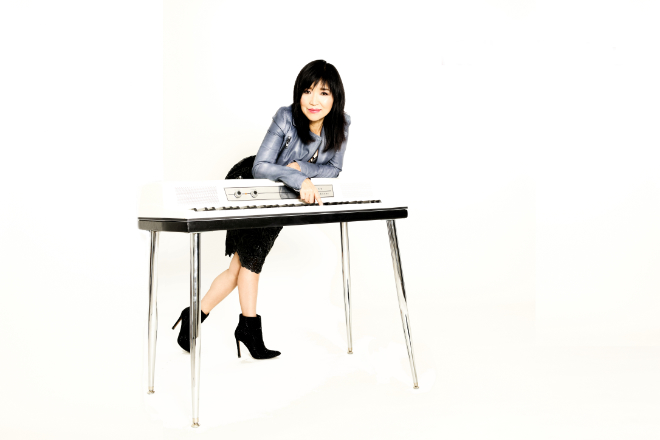

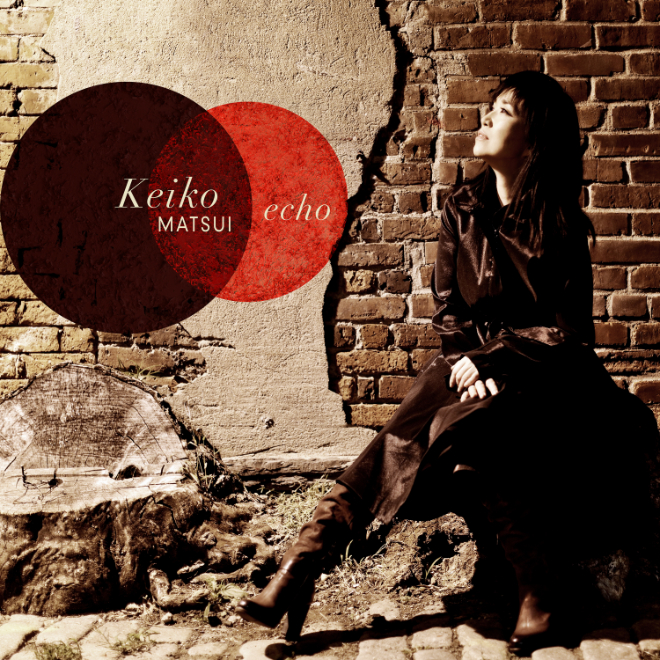
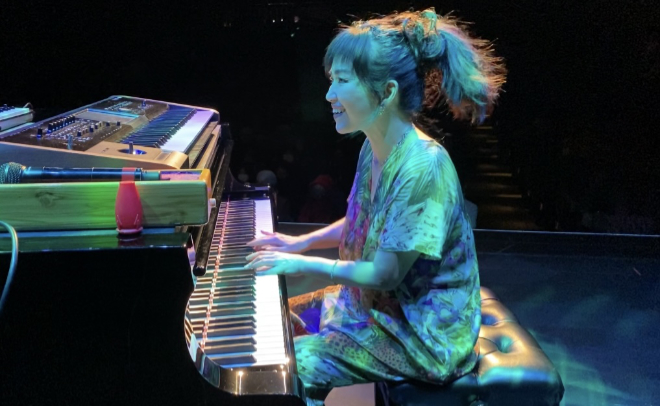
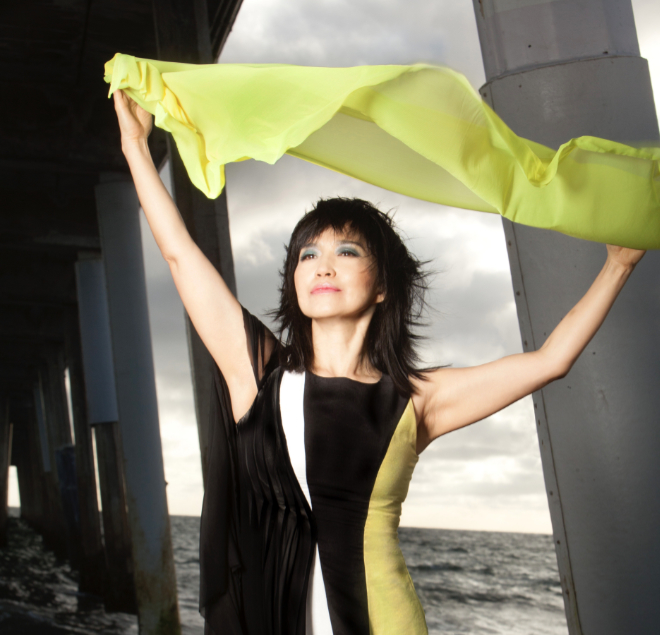




comment closed